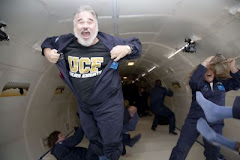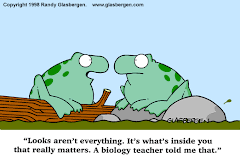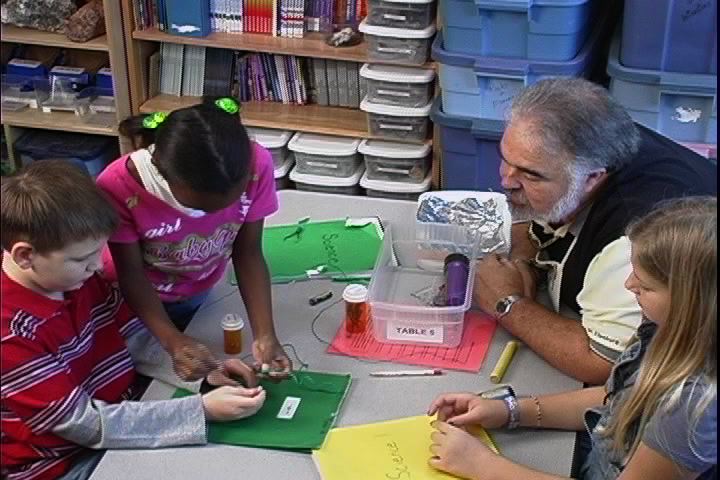
Bev Cox, Elementary Science Resource Teacher for Orange County Public Schools sends incredible information to the teachers of our district on a regular basis. That's Bev in the picture with me at last year's Regional Elementary Science Olympiad. With credit given to Bev I pass on the following:
Earth Science Week
Get ready now for Earth Science Week 2008, which will be celebrated from October 12-18. The organizers hope that the theme "No Child Left Inside" will encourage teachers to not only bring some aspect of Earth Science into the classroom but to take their classroom/students outside as well! http://www.earthsciweek.org/ Teacher’s page: http://www.earthsciweek.org/forteachers/index.html
Doomed Spacecraft
Jules Verne is about to become a fireball. On Sept. 29, with NASA aircraft looking on, the 22-ton European spacecraft will plunge into Earth's atmosphere over the Pacific Ocean and harmlessly disintegrate. Jules Verne recently spent five months docked to the space station where it delivered supplies, used its engines to help the station avoid a piece of space junk, and served as an impromptu bedroom for the ISS crew. Mission accomplished, the doomed spacecraft is now making its final orbits around Earth glowing about as brightly as Polaris (the North Star). U.S. and European observers are favored with flybys this weekend. If you'd like to see Jules Verne, check the Simple Satellite Tracker for viewing times: http://spaceweather.com/flybys/











